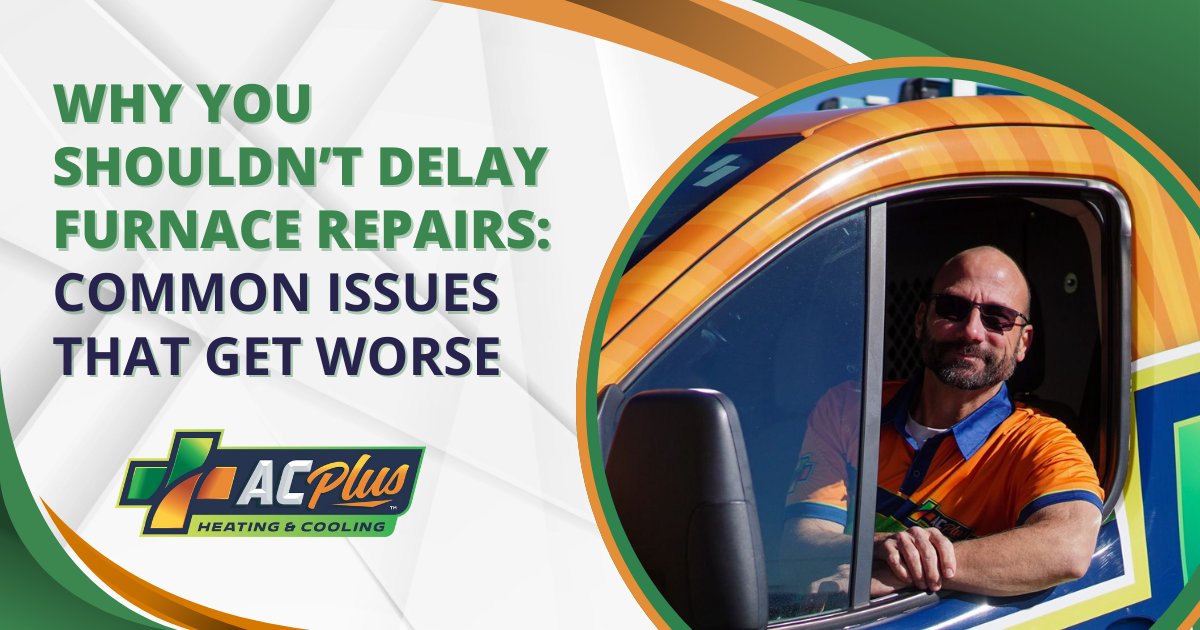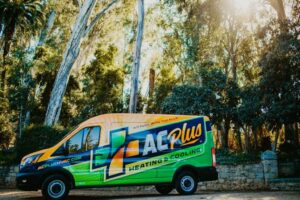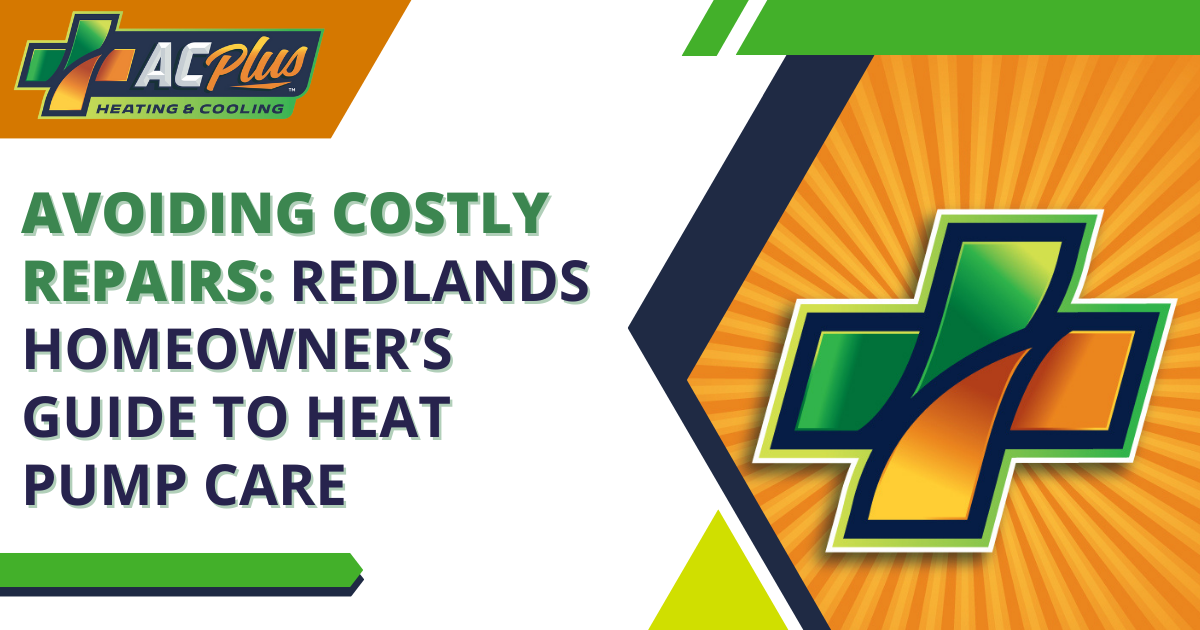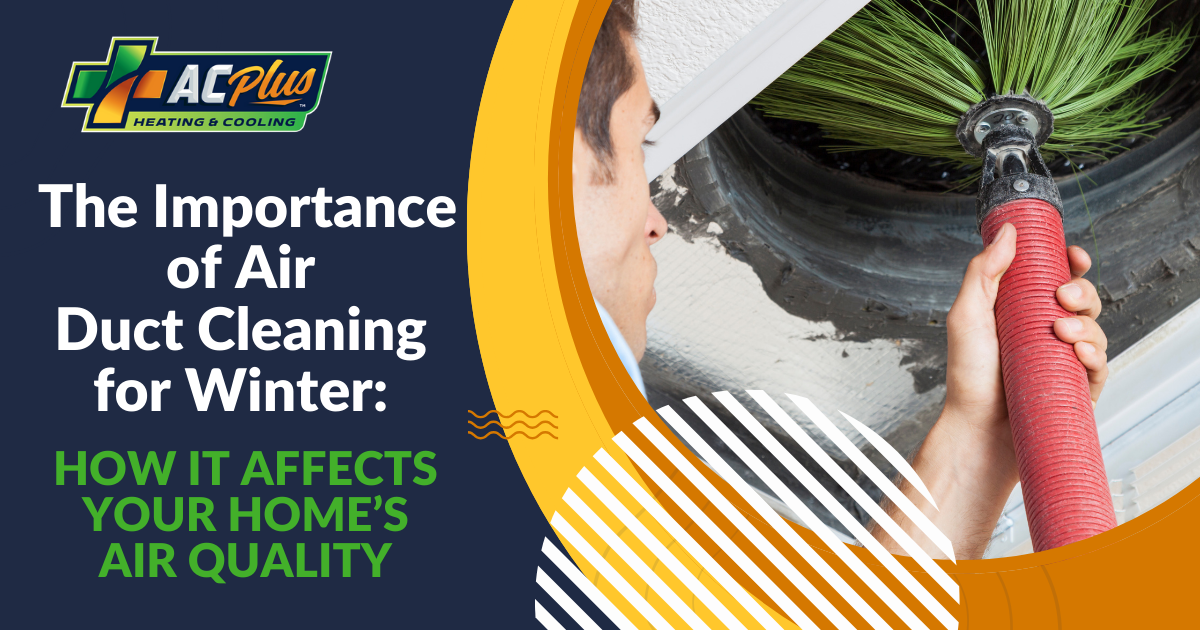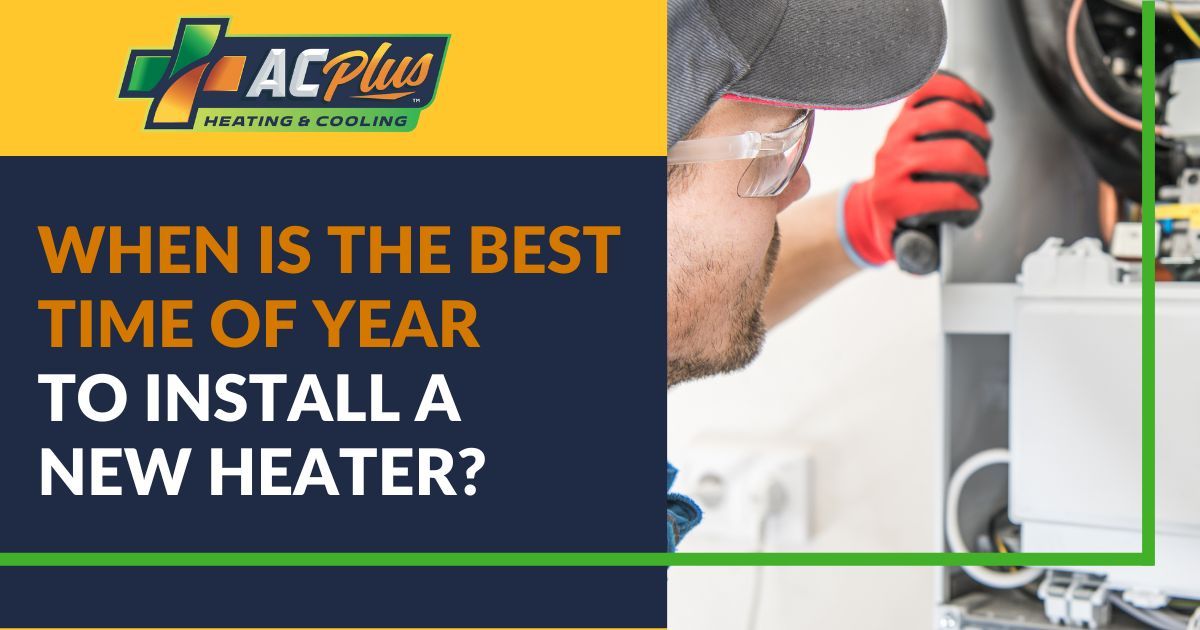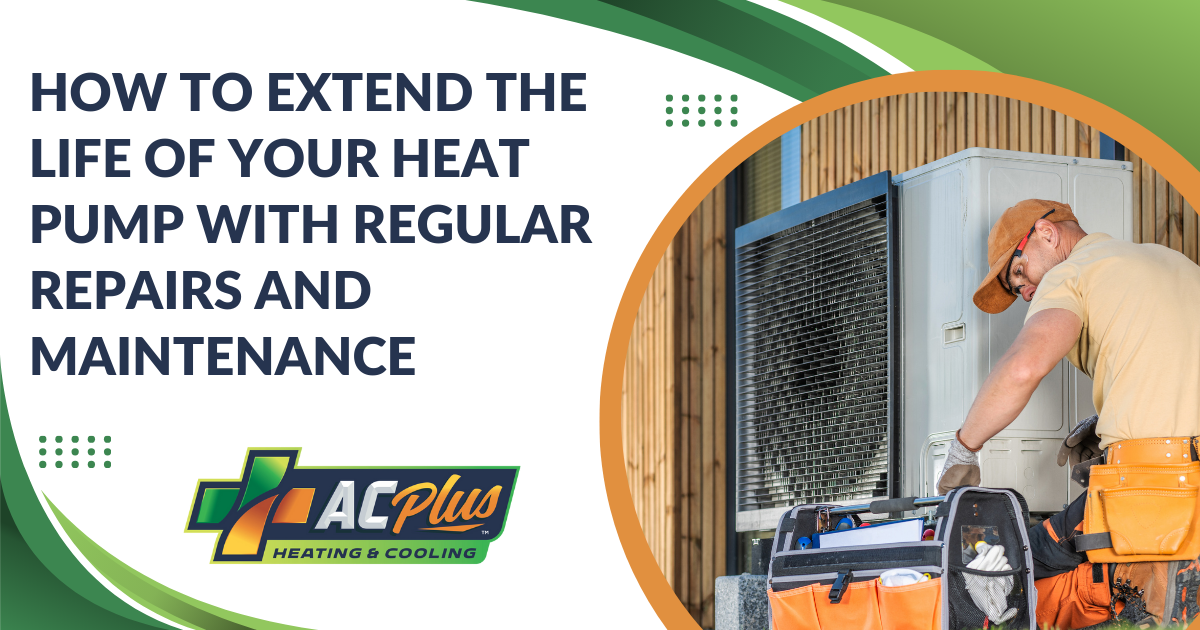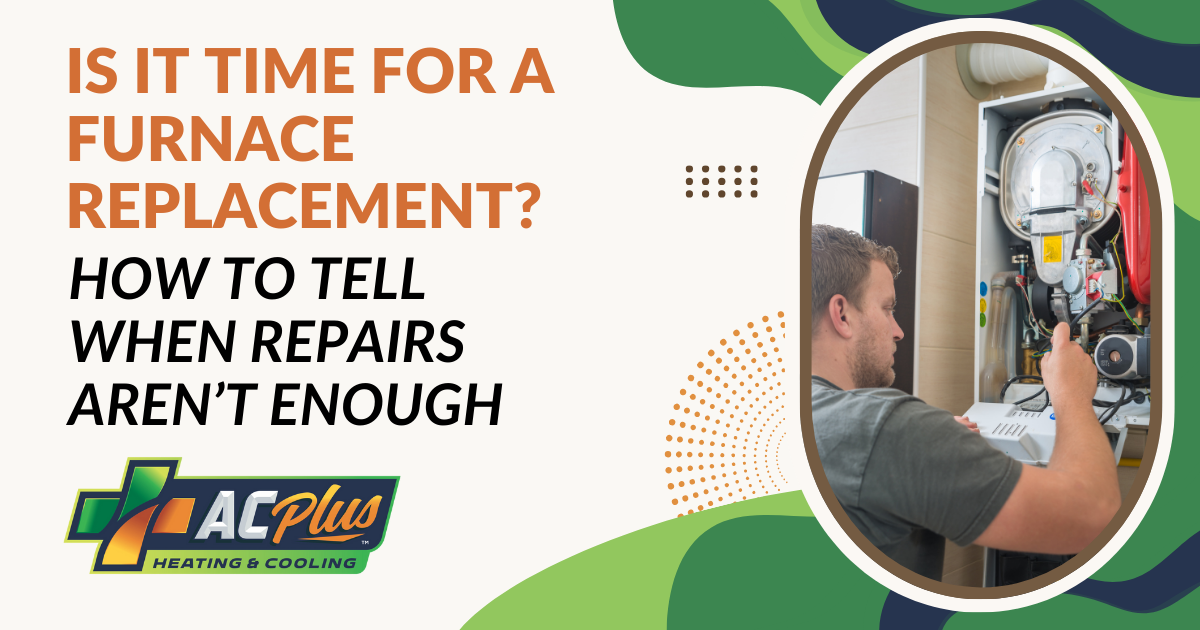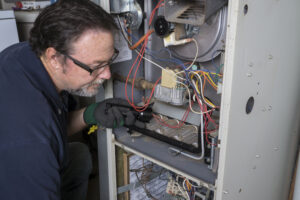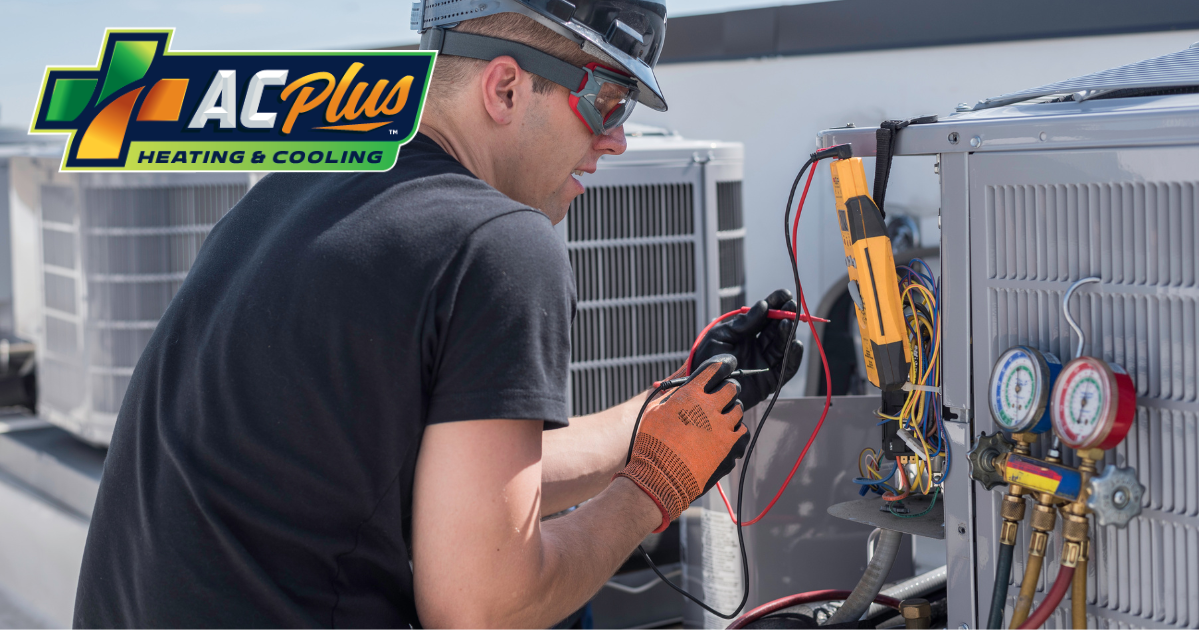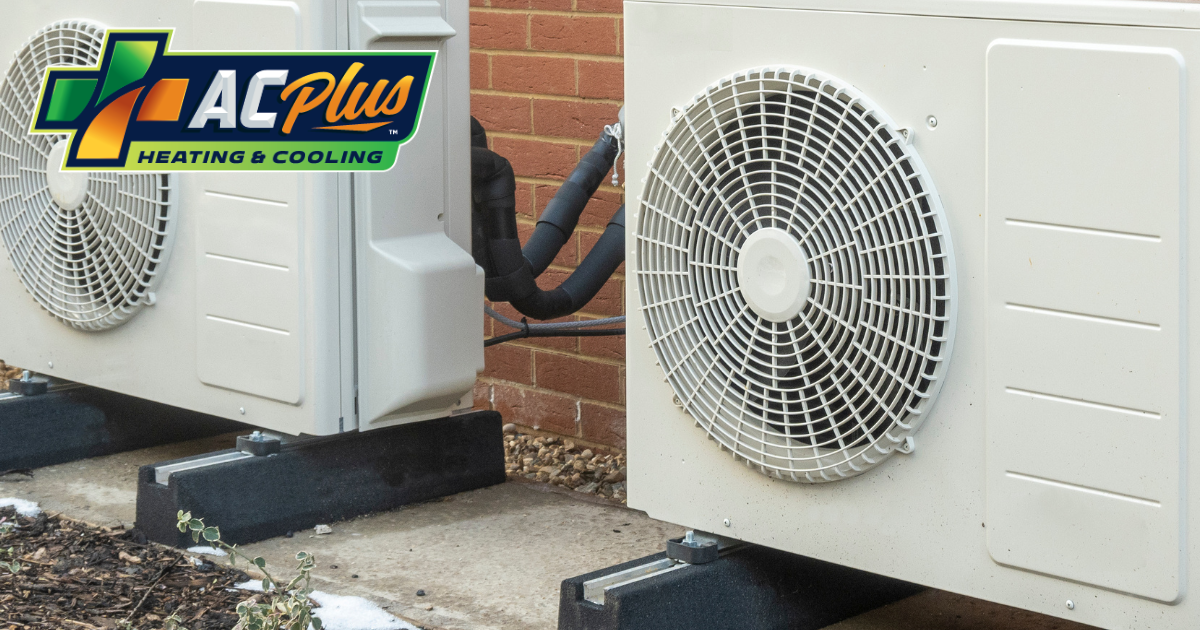Why You Shouldn’t Delay Furnace Repairs: Common Issues That Get Worse
It’s easy to put off furnace repairs, but timely servicing is necessary for your home’s safety and comfort. Neglected furnace problems may eventually demand your attention and have more serious consequences, but prompt repairs minimize costs and improve heating performance and reliability. Learn why you shouldn’t delay furnace repairs for common issues and the benefits of professional furnace repair.
The Risks of Delaying Furnace Repairs
Left unaddressed, minor furnace issues can escalate into serious problems. These problems can lead to full system breakdowns and significant health and safety hazards.
Carbon Monoxide Leaks
Carbon monoxide leaks are among the most serious potential dangers of a malfunctioning furnace. This odorless and colorless gas poses severe and sometimes lethal health risks if inhaled in large quantities. Cracked heat exchangers, blocked exhaust systems, and other problems may allow carbon monoxide to leak into your home.
Fire Hazards
Clogged air filters, malfunctioning burners, electrical problems, and other issues can overheat your furnace or create sparks, increasing the risk of fire.
Gas Leaks
Damaged gas valves, burners, connections, and other problems may lead to gas leaks. Even minor gas leaks pose health risks, often causing dizziness, headaches, and nausea, but they can also cause explosions or fires.
Poor Indoor Air Quality
Dust, mold, bacteria, and other potentially harmful particles may accumulate in a malfunctioning furnace and circulate throughout your home. This can worsen respiratory issues, especially for individuals with asthma, allergies, or other conditions. Long-term exposure to harmful particles may cause chronic and sometimes severe health problems.
Full Breakdown
Even San Bernardino experiences its share of cold temperatures, making furnace repair important in the winter. A furnace breakdown may leave your household without its primary source of warmth and vulnerable to extreme temperatures and weather conditions. Exposure to intense cold may cause hypothermia, frostbite, and other health issues, while a lack of heating may also lead to frozen or burst pipes.
Common Furnace Issues That Get Worse Over Time
Common and seemingly innocuous furnace problems often worsen over time, leading to costly and inconvenient repairs. Address these common furnace issues promptly to minimize further damage and inconvenience.
Pilot Light Problems
The pilot light is a small flame that ignites the burner in a gas furnace. If it goes out frequently or turns yellow instead of blue, your furnace may have a faulty thermocouple, gas supply issue, or other problems. A malfunctioning pilot light may lead to incomplete combustion, overheating, and system shutdown.
Dirty Air Filters
Air filters trap dust, dirt, and other debris to prevent dirty air from circulating throughout your heating system and home. Without regular replacement, filters may clog and restrict airflow to the furnace. This forces the furnace to work harder to heat your home, potentially overheating the unit and damaging internal components.
Ductwork Leaks
Cracked or leaking ductwork allows air to escape, limiting the furnace’s efficiency. Ignoring these leaks can strain your furnace, prematurely wear its components, and cause costly repairs.
Cracked Heat Exchanger
The heat exchanger transfers heat from the burner to the air circulating throughout your home. If dirty burners, gas supply problems, or other issues cause incomplete combustion, they can crack the heat exchanger. This allows carbon monoxide to leak into your home, eventually damaging the furnace.
Blower Motor Damage
The blower fan and motor circulate heated air throughout your home. If the bearings, belt, or other components are worn or damaged, they may strain and cause weak airflow. Unaddressed wear may burn the motor out altogether, overheat your furnace, and cause a full breakdown.
Warning Signs You Need Furnace Repairs
Some furnace problems escalate gradually and can easily go unnoticed, but recognizing certain red flags lets you address them sooner and prevent major breakdowns. Watch for these warning signs that you need furnace repairs:
- No heat or inconsistent heating
- High heating bills
- Strange noises
- Yellow pilot light
- Short cycling or continuous running
- Unpleasant odors
- Repeatedly tripped circuit breakers
How Timely Furnace Repairs Save You Money
Regular professional maintenance and prompt furnace repair protect your furnace from severe problems, often saving you money long-term.
Preventing Major Breakdowns
Clogged filters, faulty valves, and numerous other types of furnace damage strain your furnace and damage other components, sometimes causing major breakdowns. Addressing these problems early may save you from a bigger emergency repair bill later.
Lower Energy Bills
Timely repairs prevent unnecessary strain and improve your furnace’s efficiency. When your furnace uses the least amount of energy to heat your home, it often translates to lower energy bills during peak heating season.
Extended Furnace Lifespan
Unaddressed damage accelerates the regular wear that furnaces experience as they age, and neglected systems may need premature replacements. By fixing problems early, you can prolong your furnace’s lifespan and delay the need for a replacement.
Preserving Warranty Coverage
Many furnace warranties require timely repairs to remain valid. If you neglect a minor issue that occurs during the warranty period and it worsens, you may lose eligibility for warranty repair coverage.
When to Call a Professional for Furnace Repair
Regular upkeep can resolve many furnace inefficiencies and other symptoms. Try these tips to maintain and troubleshoot your furnace:
- Replace or clean air filters every 30 to 90 days
- Keep vents open and unobstructed
- Check and reset your thermostat settings as needed
- Keep the furnace area clean
Persistent or worsening problems should be left to a professional. Heating technicians have the knowledge and experience to accurately diagnose and repair complex problems. Furnaces deal with gas, heat, and other potential hazards, and professionals follow certain standards to ensure the safety of your furnace and home.
Rely On the AC Plus Team for Furnace Repairs
Don’t wait for your furnace to break down to call a professional. Contact us or schedule a service online today — with regular maintenance and expert heating services from AC Plus, you can optimize energy efficiency, enhance your comfort and safety, and avoid costly emergency furnace repairs.
